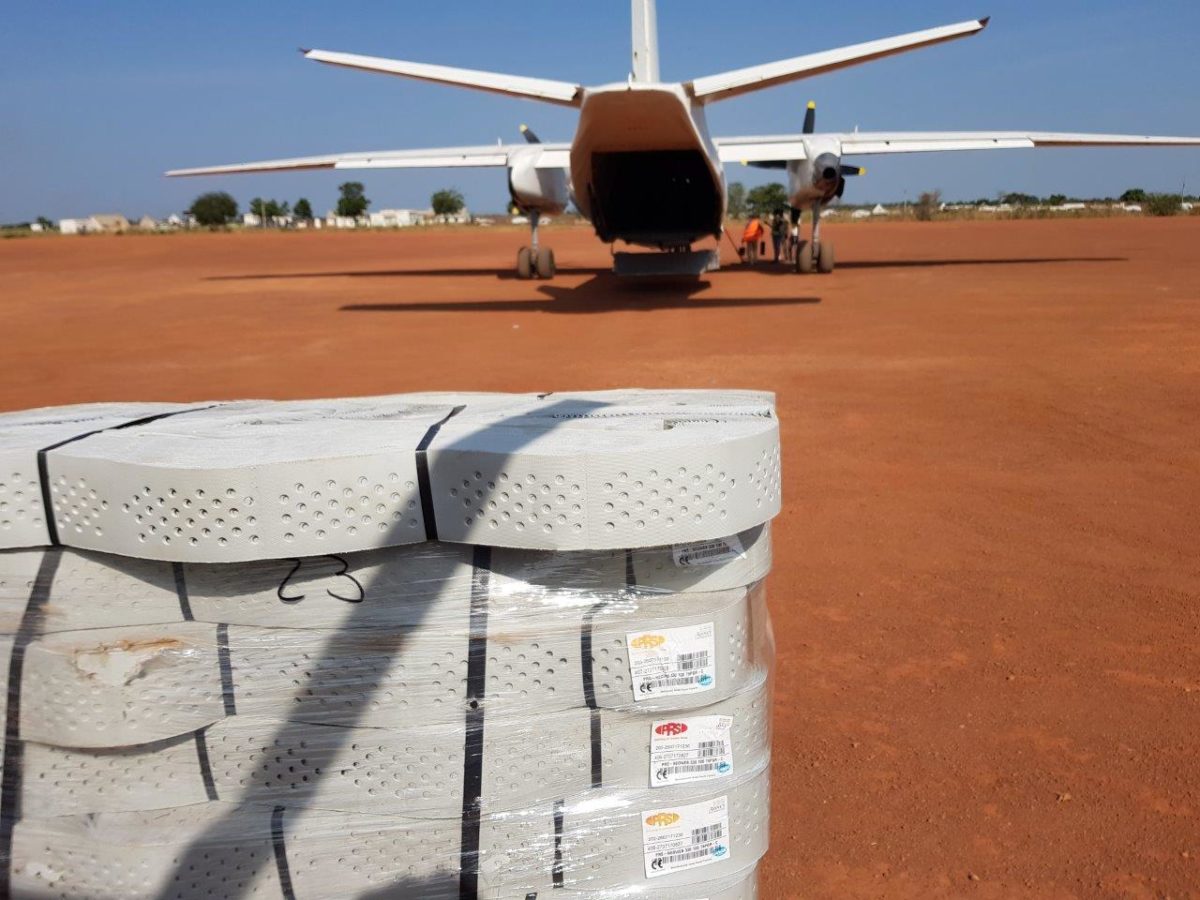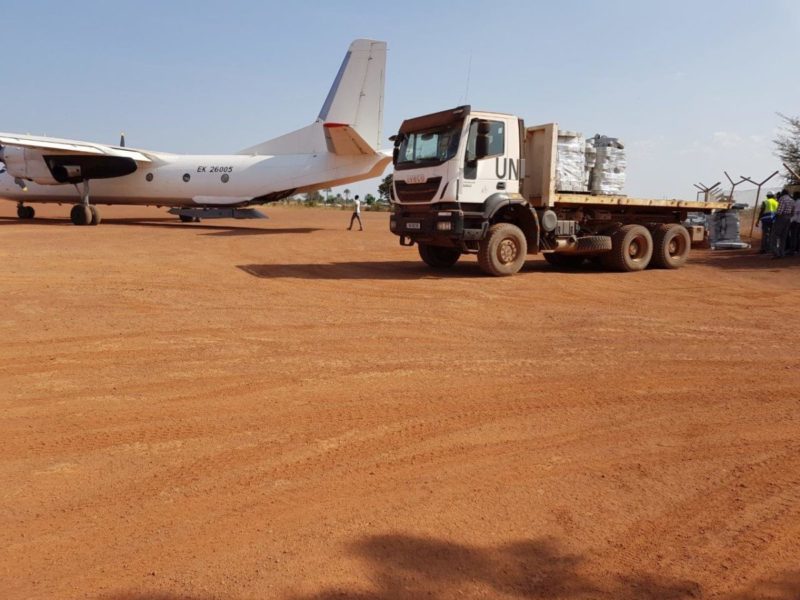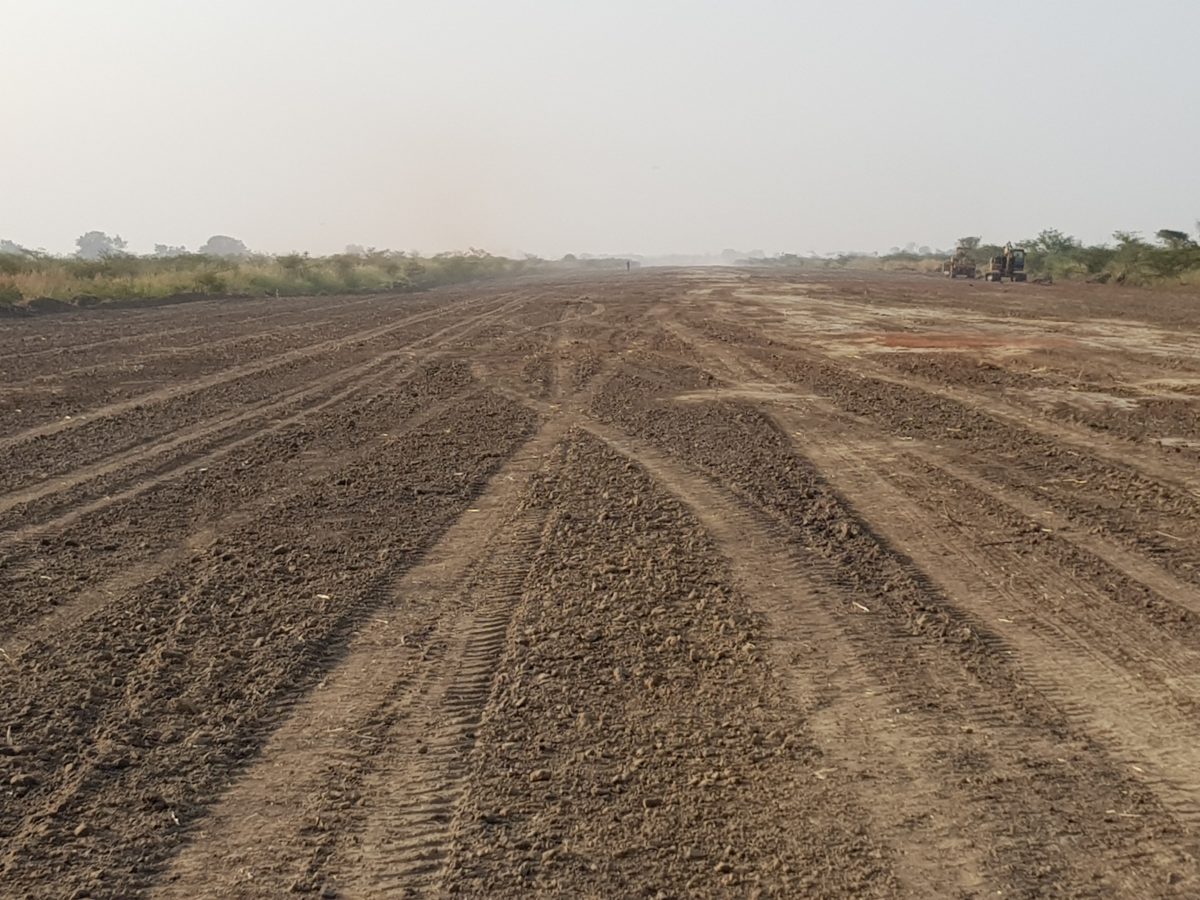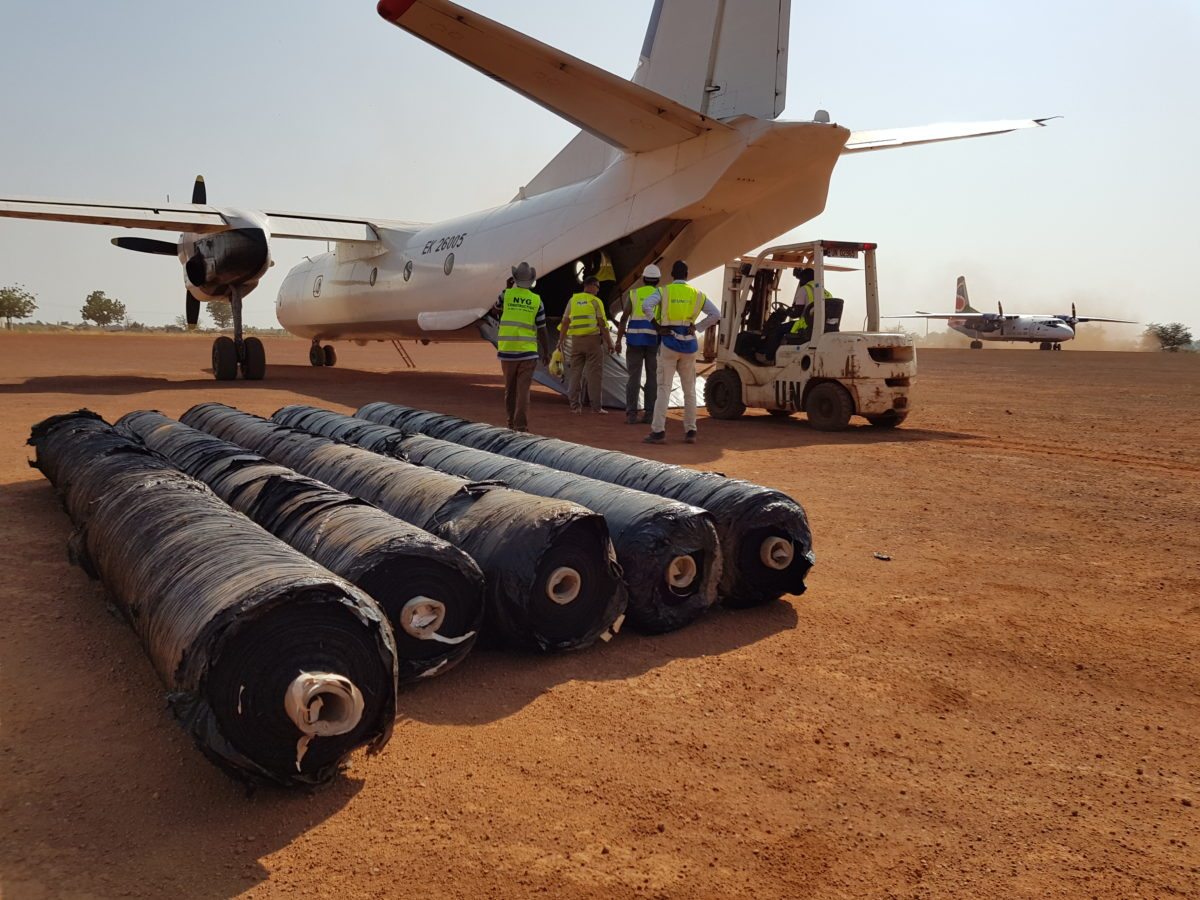Stabilize Gravel Runway Airstrip Pavements
Neoloy® Geocell 3D mechanical stabilization creates a strong reinforced base for reliable airstrip runway pavements and cost-effective airfield operations.








The Challenge
Unpaved airstrips, which include runways, taxiways, drainage ditches and access roads, need to provide reliable service to aircraft, where durability, maintenance and safety are key concerns. However, these airfields are frequently situated in remote UK locations, in tough climates, on poor soil and far from aggregate sources.
The Neoloy Solution
Neoloy Geocells create high-performance yet cost-effective airstrips in even the most challenging environments. The 3D mechanical stabilization increases the stiffness of gravel pavement layers and reduces vertical stresses to the subgrade. This maintains a reliable gravel surface to support heavy airfield operations for the entire design life – including a high factor of safety. The airstrip will require only routine surface leveling, without adding new material (re-graveling). This reduces maintenance costs and operational downtime.
Why Neoloy
Neoloy Geocells have been tested, proven and validated by leading universities, institutes and engineering firms, including:
- Airfields and Pavements Branch of the US Army Corps of Engineers (2017)
- United Nations Office for Project Services (UNOPS) for unpaved airfields in Africa
Neoloy Geocell stabilization has proven engineering parameters to reinforce runway pavements, such its ability to create a semi-rigid slab. This means a stiffer airstrip which withstands static and dynamic stress – and reduces surface roughness for a high-quality runway surface – as well as for associated roads, drainage and structures. Neoloy is the only geocell that can offer a 75-year warranty.
Click here for case study about new International Airport, Mexico City
Benefits
- High resistance to accumulated permanent (creep) deformation
- High elastic stiffness and tensile strength spread loads laterally and reduce vertical stress
- Tested by Airfields and Pavements Branch, US Army Corps of Engineers (USACE)
- Significant saving, due to reduction in asphalt thickness of up to 30%
- Eliminate expensive and time-consuming soil replacement
- Reduce long-term maintenance, operating costs and downtime
- Reduced use of gravel and other aggregate materials
- Use of local infill for structural infill reduces carbon footprint
- Less maintenance, reducing material and energy required for repairs